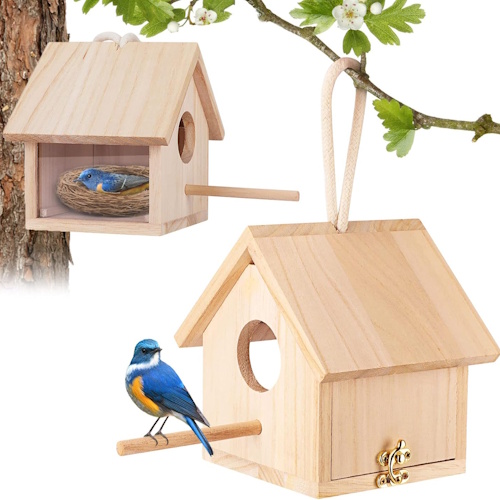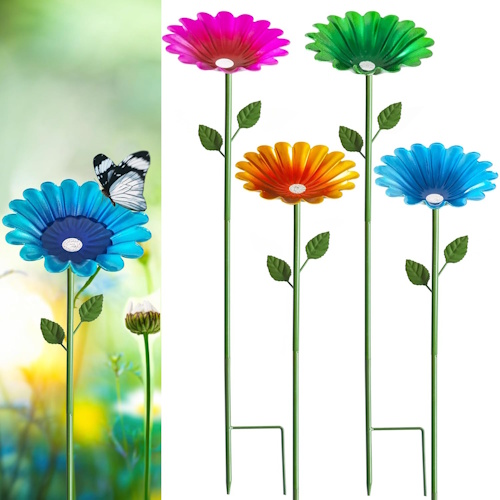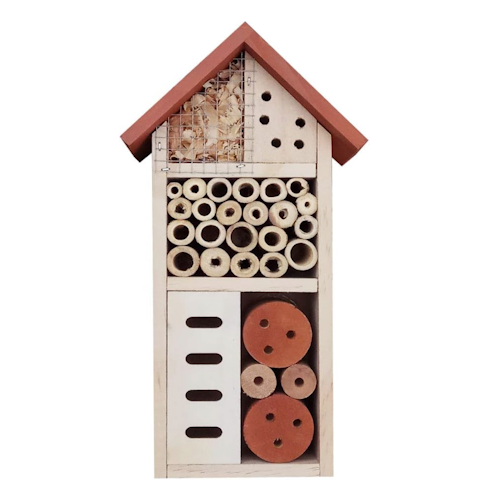I Asked Experts How I Can Quickly Make My Yard Wildlife-Friendly Before The Frosts Hit, and They All Said to Prioritize This 1 Thing
There's still time to put some valuable wildlife features in place before the coldest weeks arrive
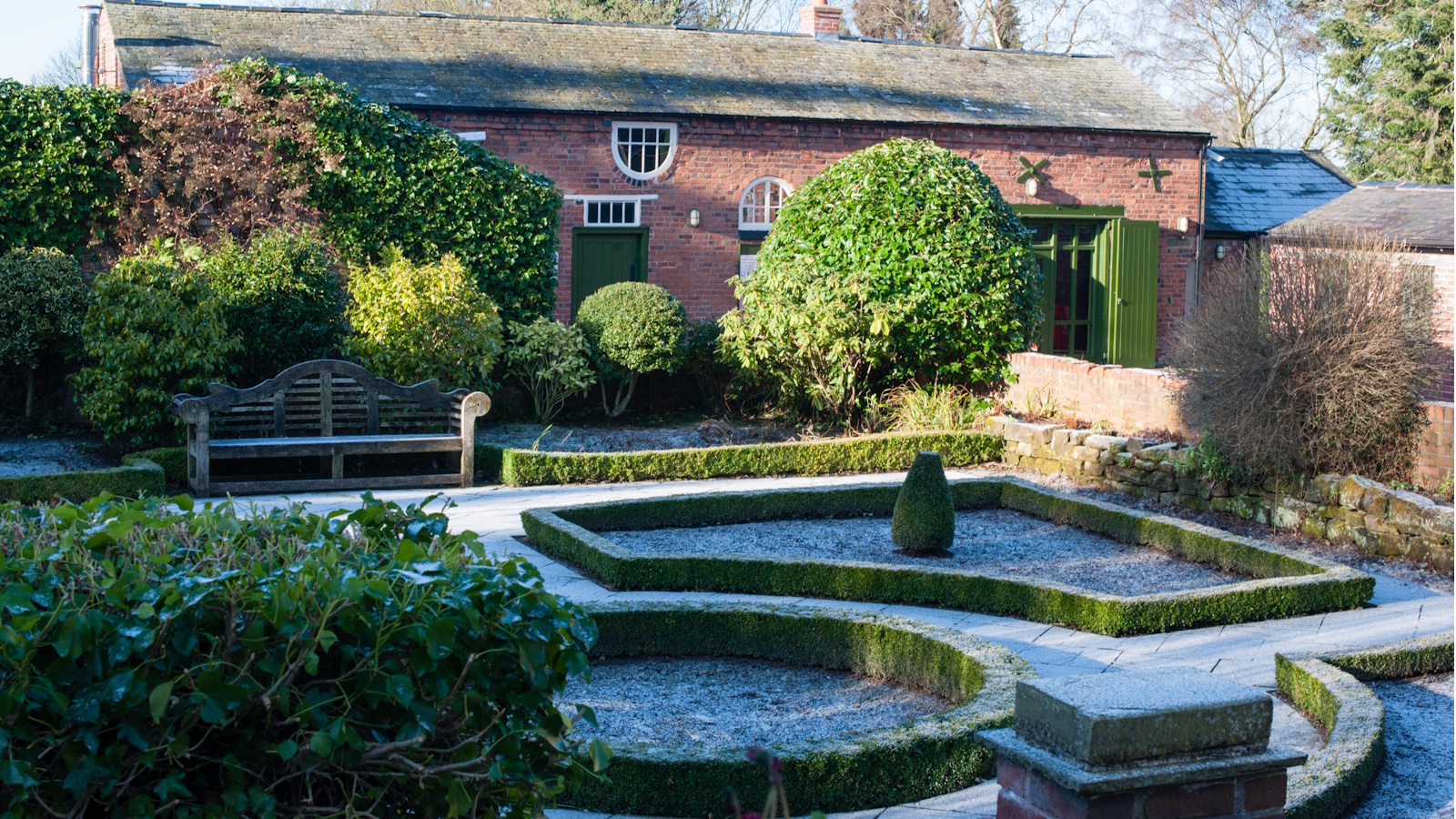

The days are certainly feeling colder as I wait for frost to arrive. This period can be a bit nerve-wracking for us gardeners, as we check and check again that we've done everything to protect our plants from frost and prepare the yard for winter. But I realized there's one area I've been neglecting: supporting wildlife as the seasons transition.
Whether you have a carefully curated wildlife garden or just a few wildlife features in your yard, it's key to keep offering support as we head into the coldest time of the year. If, like me, you are running out of time to put together some resources, don't fret. You can do a few quick things to make your yard wildlife-friendly before frost arrives.
In fact, I asked a couple of garden experts what the best thing to prioritize is, and they both said the same thing: create an insulated wildlife shelter. And if you have a bit more time on your hands, there are a couple of other things you can do to make your yard wildlife-friendly before frost arrives, including feeding wildlife in your yard in winter. Here's what the experts advise.
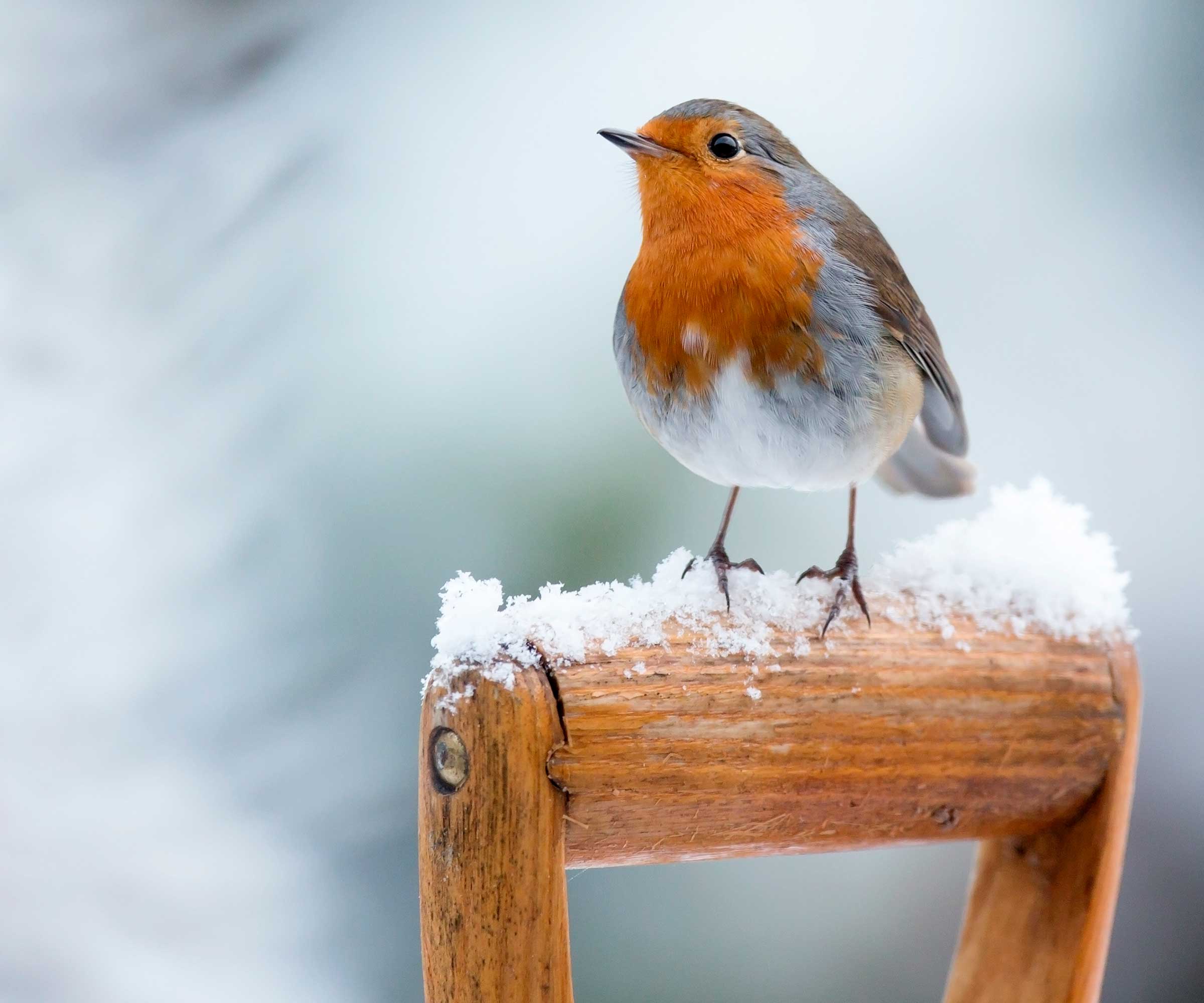
How to Make Your Yard Wildlife-Friendly Before Frost
Supporting wildlife in the winter garden refers to a number of different things. It could be feeding birds in winter, offering lots of winter native planting for food sources, or providing shelter spots.
Experts say you can take this up a notch by creating an insulated wildlife shelter for extra warmth in preparation for frost:
How to Make an Insulated Wildlife Shelter
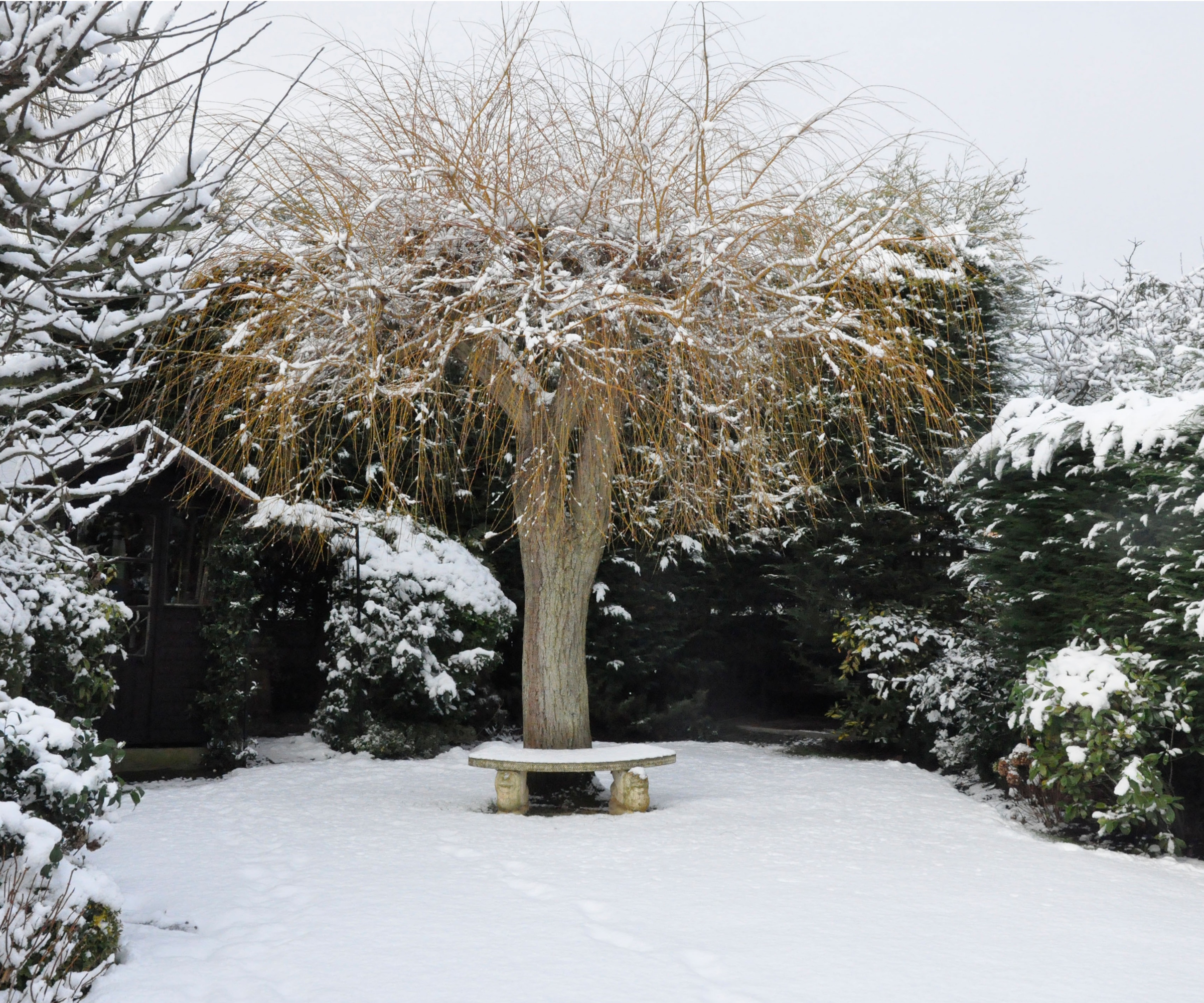
When I asked gardening experts for a quick solution to make my yard wildlife-friendly before frost arrives, they suggested one thing to prioritize: somewhere warm for wildlife to shelter in.
'A slow, quietly composting heap gives off gentle heat, perfect for earthworms, beetles, and even hibernating toads,' says Siobhan Shaw, sustainable gardening expert and founder of Growing to Give.
Design expertise in your inbox – from inspiring decorating ideas and beautiful celebrity homes to practical gardening advice and shopping round-ups.
'Instead of sealing your compost bin tight, leave a few gaps or a wild side where small creatures can slip in and out,' she suggests.
If you make your own compost, it can actually be beneficial to have wildlife use it for a warm spot at this time of year because it provides some aeration, keeping your pile productive and helping you to maintain compost over winter.
Now is also a great time to start a compost heap, as there is a lot of organic matter from fall gardening tasks to add in. You can purchase a compost bin with a lid from Amazon to start your pile and keep an opening to welcome wildlife.
There are also other ways to provide an insulated wildlife shelter:
'Small mammals, frogs and insects take shelter in the lowest layers of your yard to keep warm,' explains Peter Gros, wildlife expert and co-host of Mutual of Omaha's Wild Kingdom.
'You can help by creating a soft, insulated ground zone that mixes leaves, mulch, and low brush to trap heat and moisture,' he suggests. 'I like to think of it as a wildlife blanket that helps keep the ground from freezing solid for wildlife who are trying to survive the winter.'
Use this leaf collector from Amazon to collect leaves and create these shelter spots in your yard.

Siobhan is the co-founder of Growing to Give, a dynamic global non-profit dedicated to transforming community-focused food security and agriculture through sustainable farming and gardening practices. Siobhan is a passionate advocate for women's empowerment in agriculture, mentoring women who aspire to careers in the field. Siobhan also continues her decades of podcasting as the host and co-producer of the health and well-being podcast titled Real Talk.

Peter Gros is a veteran wildlife expert who shares his love for wildlife and wilderness with families and children throughout the country. He has nearly 30 years of field experience with wildlife and has been a part of Mutual of Omaha’s Wild Kingdom since 1985.
Other Ways to Help Wildlife Before Frost
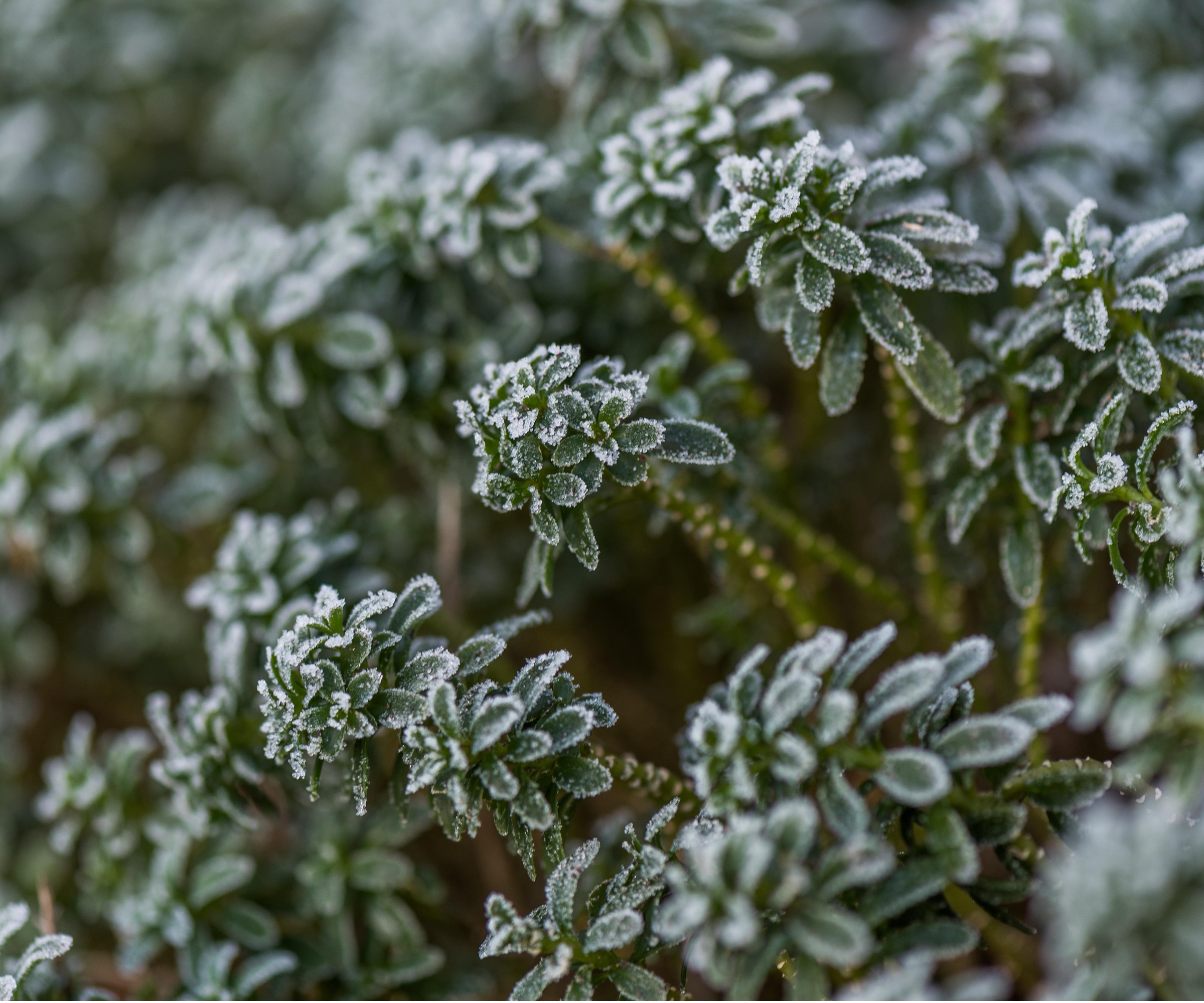
Alongside creating an insulated wildlife shelter, you can also make your yard wildlife-friendly before frost by doing the following things:
'Hang feeders filled with nuts and seeds to give local wildlife the extra calories they need to get through colder days, especially when their usual food sources become scarce,' Peter suggests.
There are plenty of bird feeders for fall and winter that provide birds with high-energy foods for extra warmth. Some good food options include suet balls (from Amazon) and wild bird seed mixes (from Amazon).
'Planting the best evergreen shrubs can be a windbreak and roost for birds. Native evergreens like holly, juniper, or wax myrtle are great since their berries double as food through winter,' Siobhan says.
Shop for evergreen shrubs at Nature Hills, to find the best fit for your yard.
FAQs
Which Garden Wildlife Use Backyards in Winter?
Many birds will remain in northern regions for winter, like robins, cardinals, and chickadees. They will be seeking refuge in backyards, particularly benefiting from food and shelter sources. Other garden wildlife likely sheltering in your yard during winter include hibernating frogs, squirrels, and lots of beneficial insects, including ladybugs.
You should also be aware not to over-tidy your yard in fall because it can impact hibernating wildlife. Likewise, try planting winter plants for wildlife ahead of frost.
Shop Wildlife Garden Accessories:

Tenielle is a Gardens Content Editor at Homes & Gardens. She holds a qualification in MA Magazine Journalism and has over six years of journalistic experience. Before coming to Homes & Gardens, Tenielle was in the editorial department at the Royal Horticultural Society and worked on The Garden magazine. As our in-house houseplant expert, Tenielle writes on a range of solutions to houseplant problems, as well as other 'how to' guides, inspiring garden projects, and the latest gardening news. When she isn't writing, Tenielle can be found propagating her ever-growing collection of indoor plants, helping others overcome common houseplant pests and diseases, volunteering at a local gardening club, and attending gardening workshops, like a composting masterclass.
You must confirm your public display name before commenting
Please logout and then login again, you will then be prompted to enter your display name.
